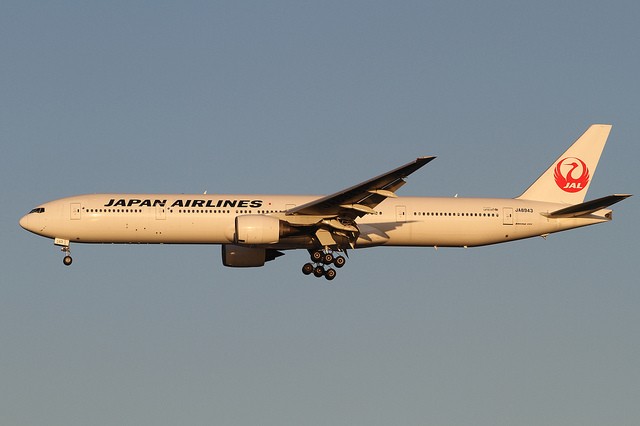
JAL Boeing 777-300ER landing in Haneda – Photo: Kentaro IEMOTO | Flickr CC
Recently, I visited Japan for the first time, and thanks to codesharing, my American Airlines ticket was for a flight operated by Japan Airlines. It’s always fun to try a new airline, and even better, I got an opportunity to fly in their Premium Economy cabin!
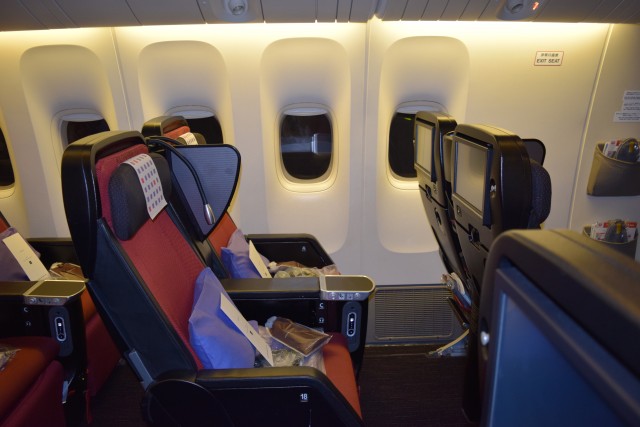
There’s my seat, 18A – Photo: Lauren Darnielle
Prior to boarding, I visited the Sakura Lounge at SFO, which is available to those traveling in Premium Economy – a nice benefit. It was pretty small, plain, and crowded, but I did appreciate the chance to have a little something before my flight. It was just after midnight, so at that hour, they had a selection of Japanese and American snacks along with mini sandwiches and a variety of alcoholic and non-alcoholic beverages. I had a glass of orange juice, a mini egg salad sandwich, and some rice crackers, which were all tasty, and then headed back to the gate.
The lounge was a bit of a walk from the gate, up an elevator, and down a hallway, but with my very short layover from Seattle, I didn’t want to hang around too long and miss my pre-arranged early boarding.
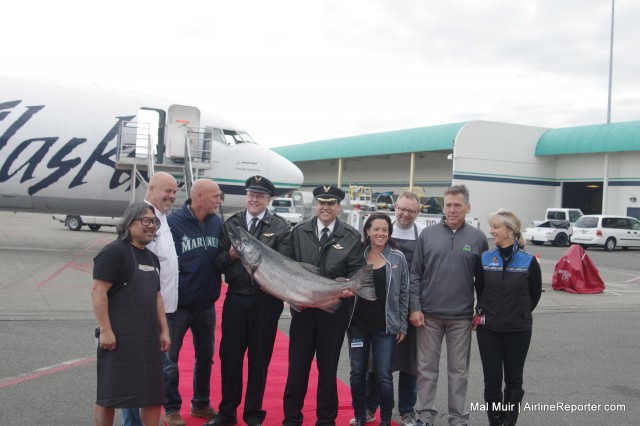
Welcoming a 53lb Copper River salmon to Seattle
In what town do people get up before 4:00am to greet some fish? In the land of the flying fish, of course!
This was the sixth year in a row that I woke up earlier than I probably should to greet my breakfast, which was flying in on an Alaska Airlines Boeing 737-400 Combi. Why? Well, it is a special (aka delicious) kind of breakfast; some Copper River salmon.
Also, I enjoy the fun event that Alaska Airlines puts on each year to celebrate the official start to the salmon season.
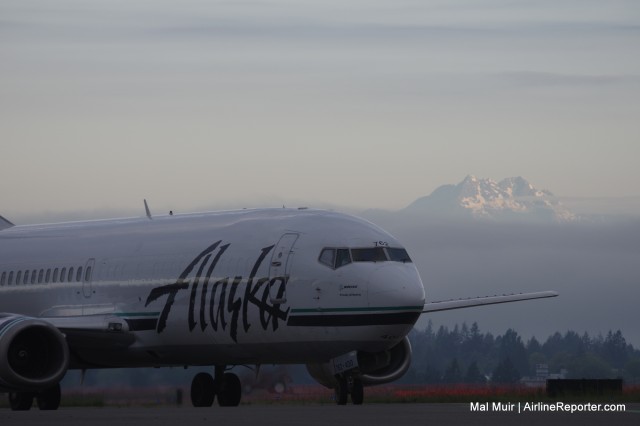
The Alaska Airlines Boeing 737-400 Combi (reg N762AS) arrives to SEA
Why are these salmon different? Well, they like to travel — about 300 miles from the ocean to their spawning grounds and that type of journey requires lots of energy (aka fat). That fat gives the fish its special flavor for which many people are willing to pay a premium.
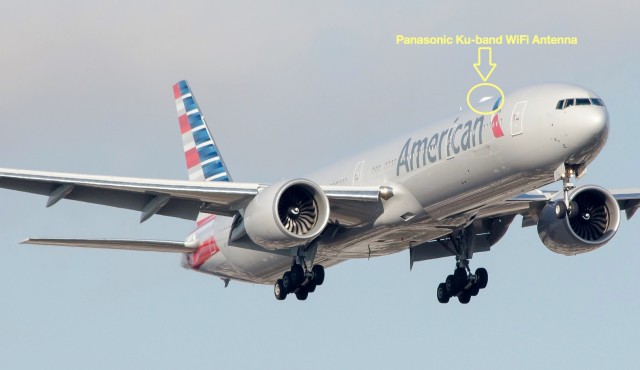
WiFi is becoming common, but doesn’t mean it isn’t complex – Photo: Jason Rabinowitz
A few weeks ago, Gizmodo ran an article claiming to rank and explain every major U.S. carrier’s WiFi system. At Routehappy, a big part of my job is to do exactly that. I need to know exactly what WiFi system is installed on every airline fleet and subfleet in the world, how it performs, what its limitations are, and how it ranks in the overall ecosystem. When I read through this article, I couldn’t help but notice it contained a few errors.
It’s a very complicated ecosystem, but not so complicated that it can’t be figured out. While the article does a great job of explaining how in-flight WiFi works and the technology behind it, I felt it was necessary to clear up which airlines currently offer what systems. Gizmodo’s 1-9 ranking is unchanged.
Below are excerpts from the original Gizmodo article, with my comments added under each.
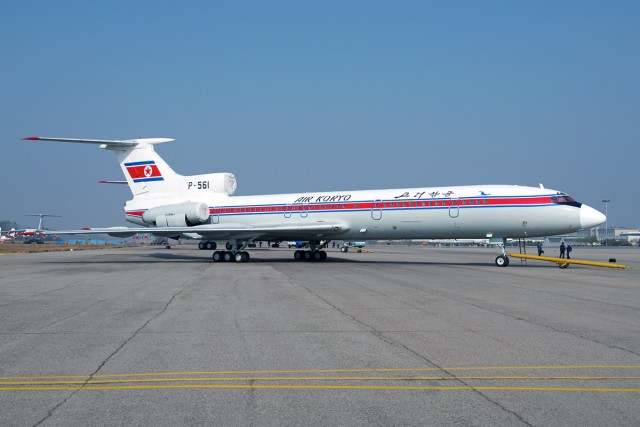
An Air Koryo Tu-154B-2 parked on the ramp at FNJ – Photo: Bernie Leighton | AirlineReporter
I have a strange and obsessive love for the Tupolev Tu-154. How obsessive, you ask? Well, take a look at my model cabinet. That’s right. I own every possible Tu-154 model out there. I even have a few custom ones on order.
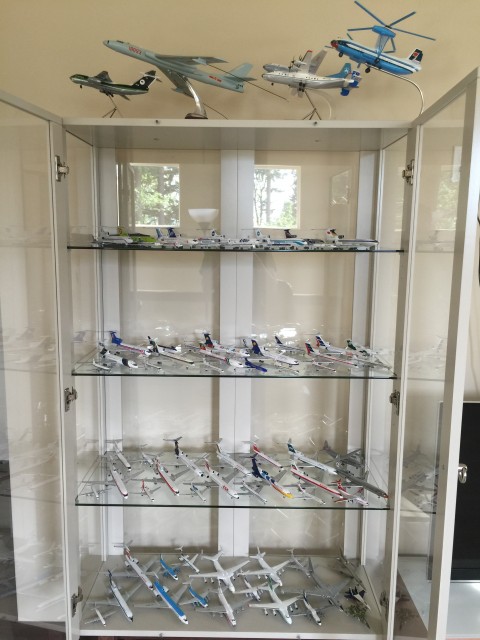
No one can say I don’t love the Tu-154 – Photo: Bernie Leighton | AirlineReporter
I seek out 154s to fly on; I have three lined up this year.
So, what makes this plane so awesome? Well, I was going to do an article last year about what it was like to fly on an 154M, but then Jacob flew on a better M on almost the same day. So we’ll have to wait for the 154Bs later this year (the older, rarer version of the 154).
Until then, let’s discuss the history of this aircraft.
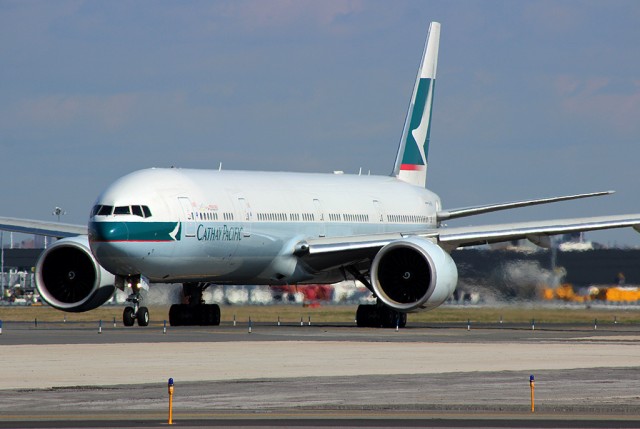
Cathay Pacific Boeing 777-300ER at JFK – Photo: David Montiverdi | Flickr CC
Recently, I needed to get from New York (JFK) to Vancouver (YVR) and, surprisingly, it was not easy to find a flight that didn’t include a crazy set of layovers and several hours of travel time. I was not expecting to find a non-stop Cathay Pacific 777-300ER option — done!
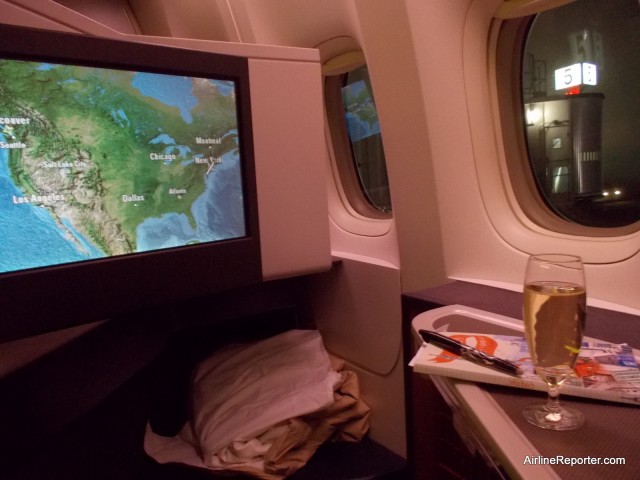
Preparing for the flight out of New York in Cathay business class – Photo: Katka Lapelosová
The flight is special, since it is a transcontinental, but is operated as an international flight, since the stop in Vancouver is part of a longer hop to Hong Kong. Because of this, the flight lands in YVR at 1am, which means you should do some planning on getting to your final destination, since options will be limited.
It’s not a long flight – only about five-and-a-half hours – but it doesn’t mean one can’t enjoy the premium experience.








